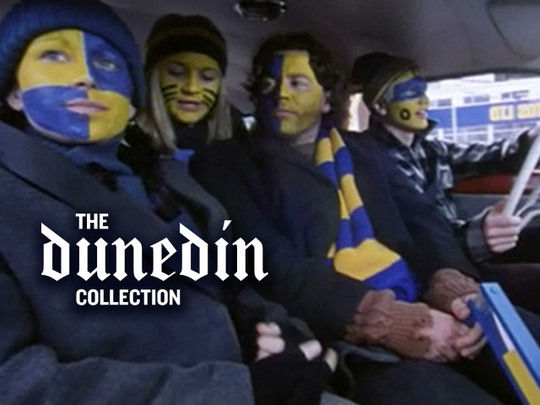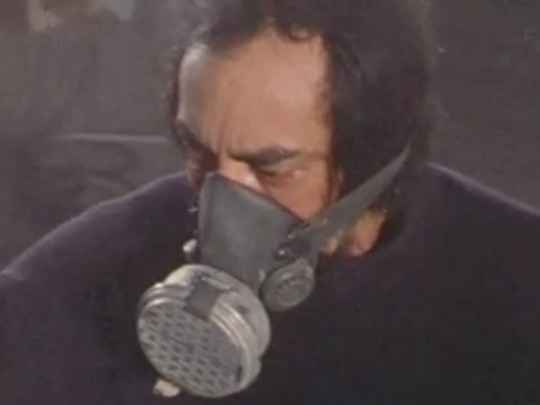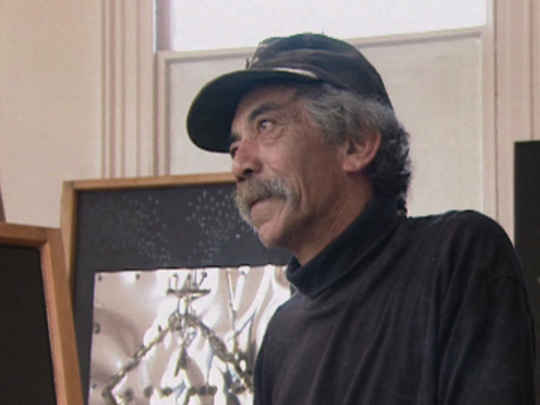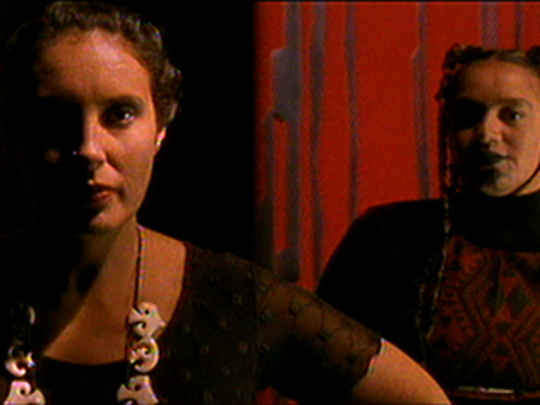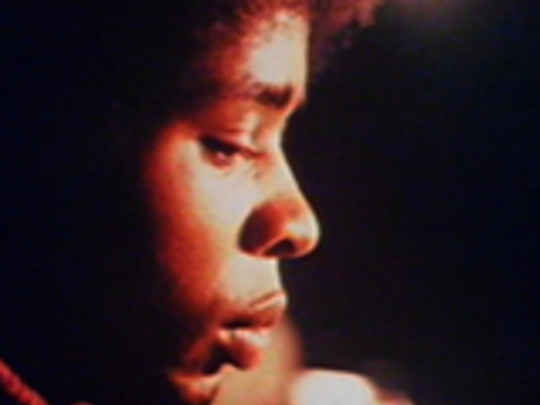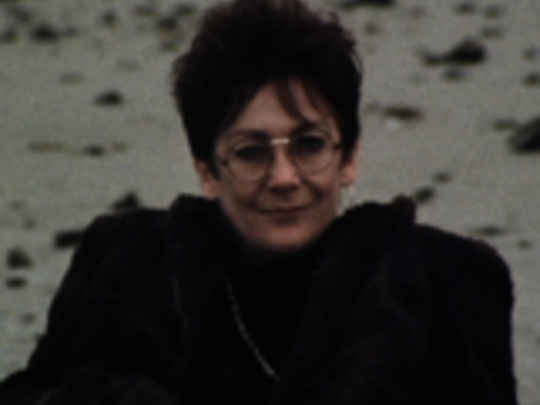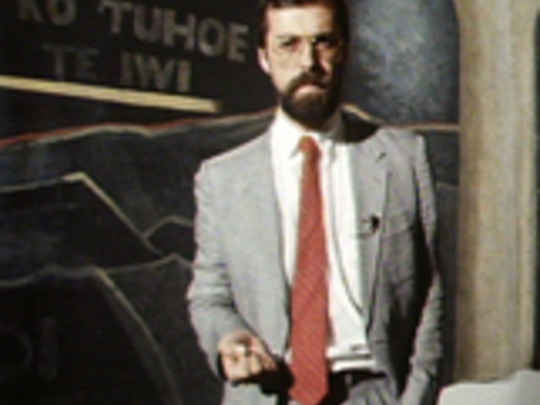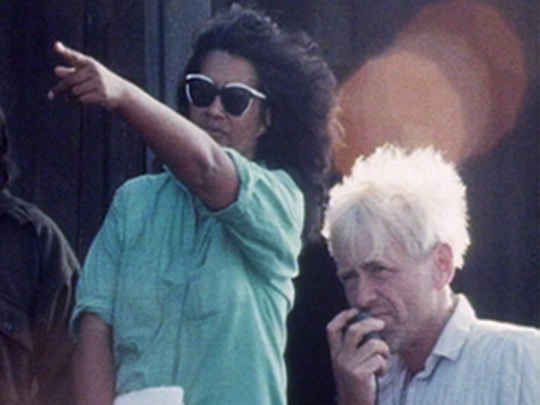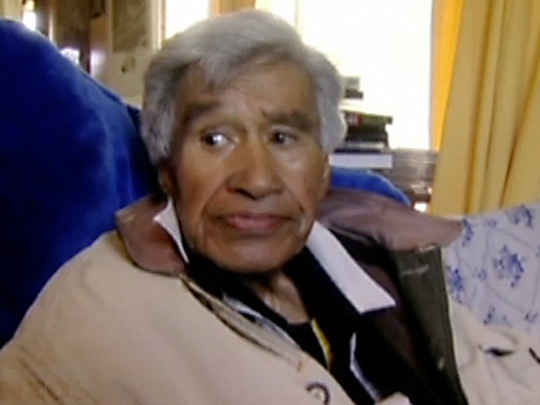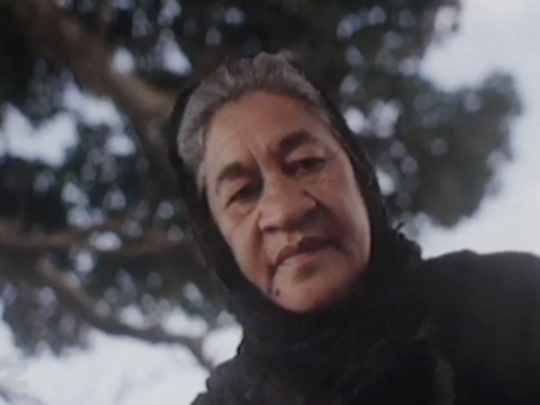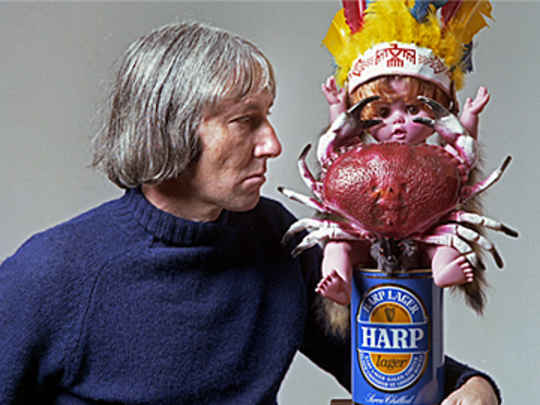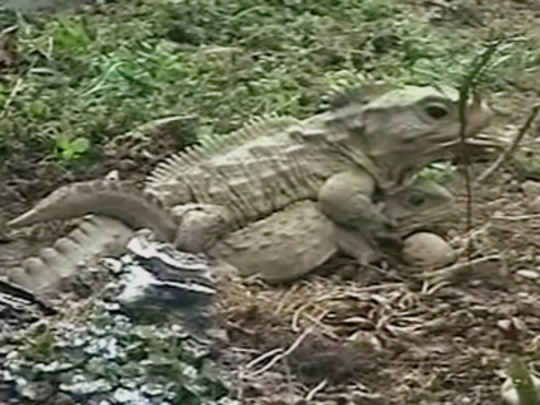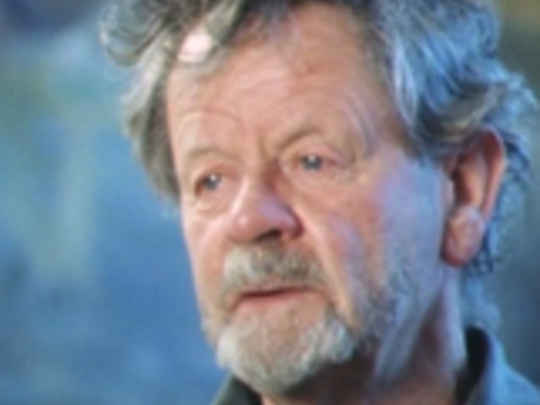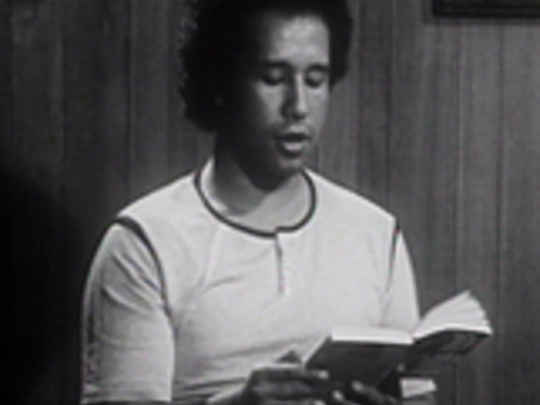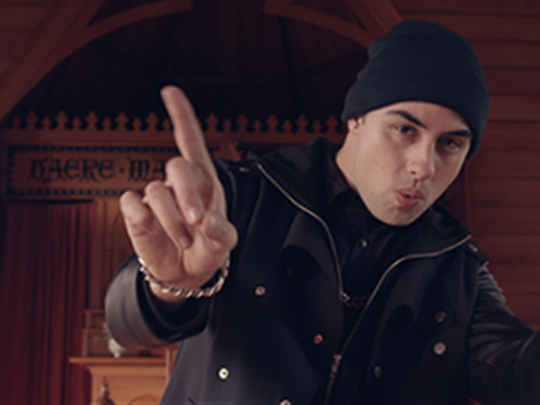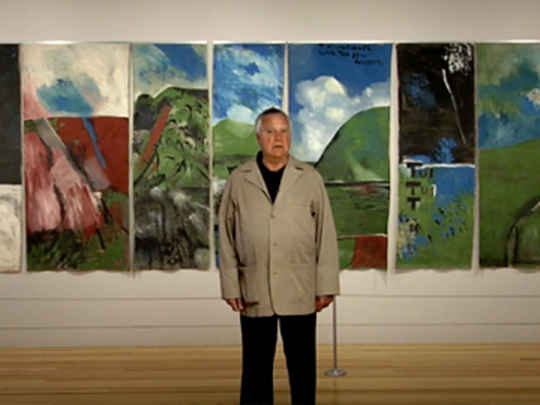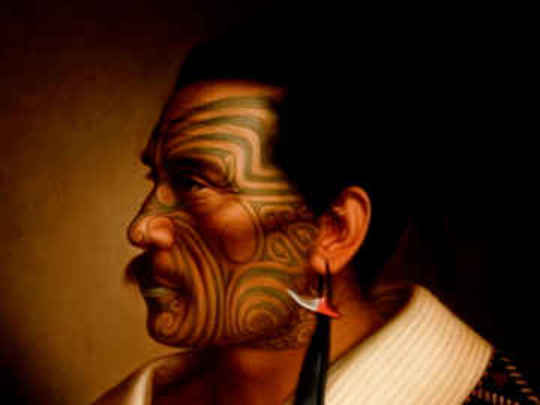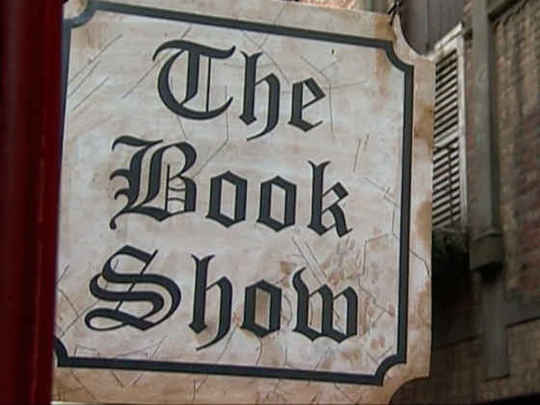...one of the best New Zealand art documentaries this writer has seen.
– Otago Daily Times writer Nigel Benson, when Hotere screened on Sky's Documentary Channel, 26 June 2008
It's not that he's unwilling to talk about his work. He believes the work is there for you to see and far be it for the artist to decide how someone should view it. It's more that his humility gets in the way of all that nonsense.
– Director Merata Mita, in NZ Film 67, October 2001, page 16
There are very few things I can say about my work' that are better than saying nothing.
– Opening quote from Ralph Hotere
He was someone from a Māori background actually producing something that didn't even look remotely Māori.
– Academic Ngahuia Te Awekotuku on Ralph Hotere's early work, early in this documentary
As soon as the Māori became aware of the written word they celebrated its reality, and so what Ralph is doing is...no less Māori, or no more European. Ad the way that he uses text as I feel it, is very much in response to the texture of the words.
– Academic Ngahuia Te Awekotuku on Ralph Hotere's use of text in this work
In 1975 I think, I saw a large exhibition of his in Wellington. I walked into the room and hit all these black paintings. And I thought 'man, what have I let myself in for, you see?' I was totally stunned by it because I didn't understand it. So I sat in the middle of the exhibition, and tried to work out what my feelings were about the paintings. It dawned upon me that Ralph was restoring to the colour black or to darkness, the Māori and Polynesian view of darkness as being the very fecund and fertile darkness out of which all life comes...because it is a live creature, darkness, and when you see the light coming out of the darkness it's even more bright and more alive, because the darkness itself is very alive. I have never said this to Ralph.
– Writer Albert Wendt on experiencing Ralph Hotere's work for the first time
I thought it was one of the greatest pieces of art I've ever seen in my life . . . it's also very Polynesian: the burnt sections of the wood and the wood is still alive, and the ship is still sailing. The Māori renaissance continues. I think it will be acknowledged more and more in the future that Ralph has contributed enormously to that renaissance...
– Poet Albert Wendt on Ralph Hotere's artwork Black Phoenix, late in this documentary
The house at Carey's Bay is our body and soul, an energy bank . . . every day of life entirely devoted to learning and looking, thinking and talking, and making work.
– Poet and former partner Cilla McQueen recalls Ralph Hotere's Port Chalmers home, at the start of this documentary
...those of us who'd been trained in a sort of traditional way, like myself and Ralph, Bill Culbert of course were a bit bewildered by this 'total freedom' movement. It was very valuable in the end. Ultimately we got to it ourselves, but it took some years, and for the first time running into the 'big time' do-ers, like the Jackson Pollocks and all those American wild people...
– Painter and friend Pat Hanly on his and Hotere's time absorbing the European art scene, in part one
He's very intelligent and cultured, and generous, and spiritual — and funny. He's got a wicked sense of humour. But the warmth and generosity that goes out to other people is the same generosity that goes into his work.
– Hotere's ex partner Cilla McQueen, at the start of this documentary
The guy must have given away about ten times as many paintings than he ever sold, I would say, but um...how he makes a living, God knows.
– Ralph Hotere's friend Peter Eyeley, on the artist's famed generosity
Like his art, he is a man of ambiguity, allegory, beauty and complexity.
– Director Merata Mita describes Ralph Hotere, in the programme for the 30th Wellington Film Festival, page 85
He made a kitchen table much as one would a piece of sculpture, I suppose . . . There was no separation between art and life. It was all one.
– Ralph Hotere's ex partner Cilla McQueen
Mungo...the bones are coming to light...arising, fragile to disperse at last...wind took from the dunes the eyebrow of a woman...the bones are coming to light...
– Poetry by Hotere's ex partner Cilla McQueen, inspired by Hotere's Mungo series
Mainly the ability to work on your wellspring, your inner being, or your wairua or what you were interested in — rather than trying to ape something that was happening in New York or Germany. The whole Tovey system, even though there was a modicum of control about it, is based on nurturing, than total control of a person's image-making.
– Printmaker Marilyn Webb describes her and Ralph Hotere's early training with tutor Gordon Tovey
One of the earlier exhibitions we'd had of Ralph's work was of paintings done in sets of seven panels. A group of three elderly women came into the gallery and were looking . . . [I was] bracing myself for their reaction on the way out; being threatened with umbrellas, to being told how much better their five-year-old grandchildren could do,. And two walked out and the third one stopped in front of me and said "this is the most wonderfully moving exhibition. It's like walking into a great cathedral. They're wonderful". The only tangible images was the thin cruciform in red, or orange or yellow or green, and the black surface was highly polished, giving a very strange floating or ephemeral surface which reflected the environment . . . it was a strange combination of something tangible and ephemeral, that somehow enhanced the sense of I guess just pure spirituality which they had.
– Art Dealer Rodney Kirk Smith on reactions to Ralph Hotere's abstract works, early in this documentary
He's always on the look out for 'poozled' goods if you like: the window frames, roofing iron, doors. Anything that he thought could be useful in an artistic sense, he would gather up and stack under the house.
– Ralph Hotere's friend Peter Eyely on Hotere's eye for raw materials

